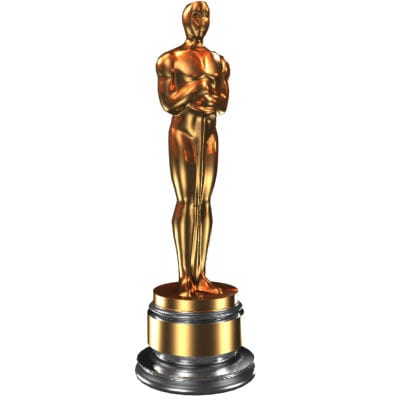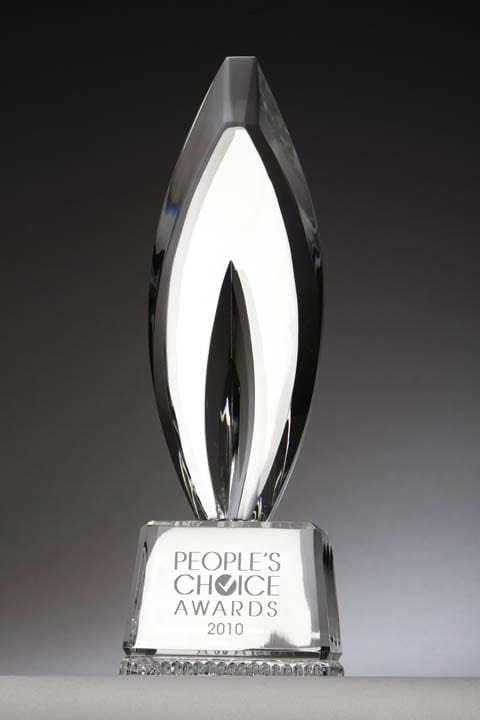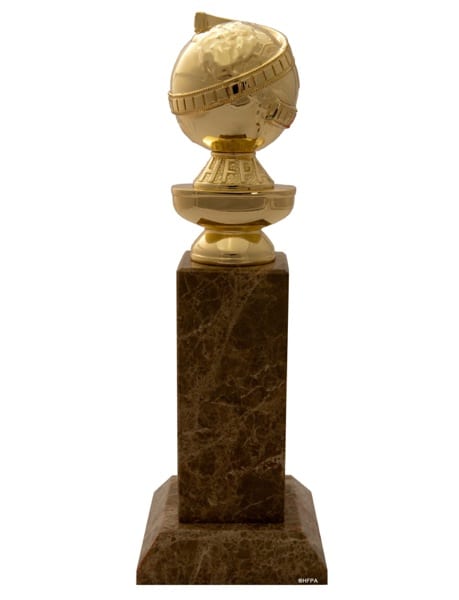Sorry, winter, spring, summer and fall; my favorite season is award season. I’m more fascinated by the outrageous estimates on gown prices than by precise daily Fahrenheit averages.
Much like hurricane season, the weeks in which celebrities constantly utter phrases like “It’s an honor just to be nominated” and “Carolina Herrera personally designed it for me” bring their own storm of sorts: one made up of doubtful critics and disheartened fans. No matter who wins or loses at award shows, a significant number of viewers will undoubtedly claim the outcome was outrageously unjustified. Twitter and Facebook will be cluttered with posts like “He was robbed!” “She just won because she dresses proactively” and “Ugh, that film is so overhyped.” Accusations of racism, sexism and elitism abound.
But who exactly are we yelling at, or typing about on social media, anyway? Who decides not to vote for Leonardo DiCaprio or to award Jennifer Lawrence? Focusing on arguably the most popular acting award ceremonies, I set out to uncover who composes this mystery “academy,” “guild” or “association” that stars like to thank alongside their children and spouses. Then, it’s up to you to judge whether or not their decisions are fair.
People’s Choice Awards
Since its creation in 1975, the People’s Choice Awards have been voted on by the general public — ordinary folk who haven’t brushed elbows with Meryl Streep or sat in a casting session alongside Woody Allen. So unlike the other awards, film executives and sneaky political decisions can’t really be blamed for bizarre victories or losses.
For many years, the awards were determined by results of Gallup polls, with voters selecting absolutely anyone they’d like — no nominees. But that changed in 2009. Voting has caught up with the 21st century and is now conducted online. Absolutely anyone can be a voter. No fancy credentials or inside knowledge is required, just an Internet connection. There isn’t even a limit on voting; if “Iron Man” aficionados want, they can select Robert Downey Jr.’s name dozens of times.
Screen Actor’s Guild (SAG) Awards
Apart from the People’s Choice Awards, the SAG Awards are determined by the widest number of voters. More than 165,000 people are eligible, all members of the Screen Actors Guild-American Federation of Television and Radio Artists, known by the not-so-catchy acronym SAG-AFTRA. Its members include far more than just the world-famous actors and actresses who grace the covers of gossip magazines. Announcers, broadcast journalists, dancers, disc jockeys, news editors, stunt performers, singers, puppeteers and voiceover artists are also part of the union.
The SAG Awards also function as a rather accurate crystal ball. Since 2003, every SAG Best Actor winner later won that year’s Oscar in the same category. Ditto five of the last six Best Supporting Actors and nine of the last 11 Best Supporting Actresses.
Golden Globes Awards
Forget being a state senator or the CEO of a nationwide fast food chain; aim to be a Golden Globe Award voter if you want tremendous power. Fewer than 100 people have the privilege of selecting the small and big screen stars who take home the golden statuette each year.
The voting pool is comprised of the members of the Hollywood Foreign Press Association, all entertainment journalists who have a permanent primary residence in Southern California, though they work all over the world, representing around 55 countries. A maximum of five journalists may be admitted to HFPA exclusive ranks each year and members must publish a minimum of four articles per year to stay active. Despite their power, HPFA members aren’t exactly household names. Brian Williams and Tom Brokaw aren’t members, nor are writers for Entertainment Weekly or People magazines. Visit hfpa.org/members/ for the tough challenge of spotting a recognizable name.
Academy Awards
The other listed ceremonies are in the recent past, but this year’s Oscars spectacle is a bit later than usual, scheduled on March 2 to prevent the triumphs of Hollywood’s rich and famous from conflicting with coverage of Olympic athletes. More than 6,000 members make up the Academy of Motion Picture Arts and Sciences, featuring not only actors, writers and directors but 14 categories of professionals, including costume designers, public relations specialists and sound technicians.
But despite the variety of roles, other demographics among the Academy’s members aren’t very diverse. In 2012, reporters for the Los Angeles Times confirmed the identities of more than 89 percent of active voting members. The study found that 94 percent of identified members were Caucasian and 77 percent were male. And age-wise they don’t represent the youthful Facebook users who passionately argue with their choices. Just 14 percent of the study’s members were under age 50.






